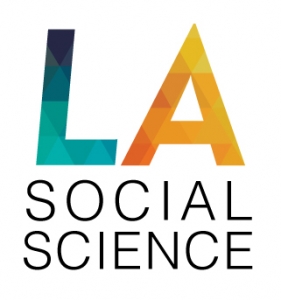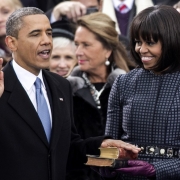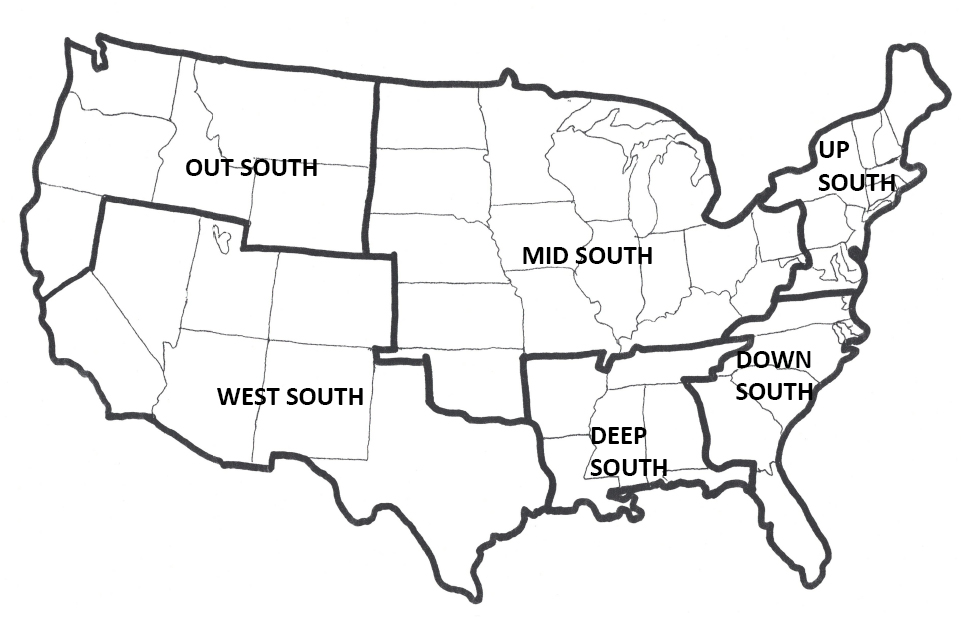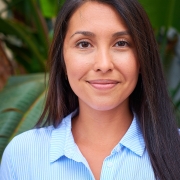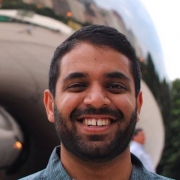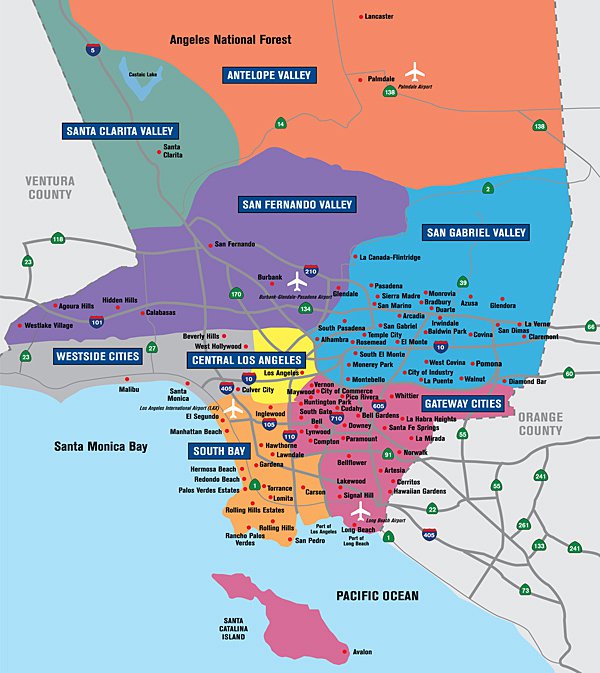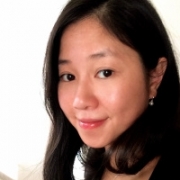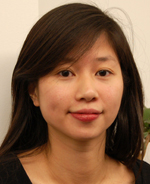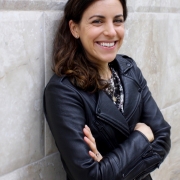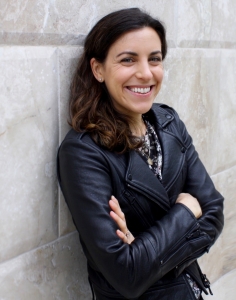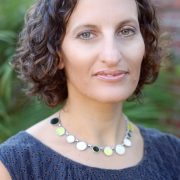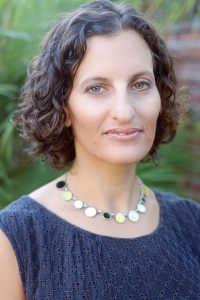By Kristella Montiegel
PhD Student, Sociology, UCLA
It’s estimated that California educates 14,000 Deaf or Hard-of-Hearing (D/HH) students annually. D/HH children have unique needs towards the successful development of communication abilities and social skills, and federal and state laws have established guidelines for assisting families and educators in successfully meeting these needs. One guideline is the requirement of a child’s Individualized Education Program (IEP), which involves a team of members assessing children’s communication needs and placing them in the least restrictive educational environment possible. Today, most states have laws mandating hearing screenings and services for newborns. California implemented these requirements in 2000, making all diagnosed children eligible for D/HH education programs.
While there are several options for young children who are deemed eligible for D/HH educational services, two options are considered the main approaches to education: the American Sign Language (ASL) option and the Auditory-Verbal option. However, these approaches have competing ideologies that are commonly at the center of debate about which is the better approach. The ASL approach, rooted in Deaf culture, champions signing as language equality and teaches it as the primary form of communication. Alternatively, the Auditory-Verbal approach does not teach ASL, and instead emphasizes the development of spoken language with the goal of transitioning children into mainstream society.
As a sociology student whose research interests lie primarily in the subfield of language and social interaction, I became interested in what the ASL/Auditory-Verbal approach looks like ‘on the ground,’ or, the ways in which these approaches are accomplished in the institutional setting of a D/HH preschool classroom. I was given the opportunity to pursue these interests in November of 2017, when I gained access as a volunteer and student observer in an Auditory-Verbal preschool classroom of an LA school district. I have been volunteering on a weekly basis, assisting in the daily routines and taking ethnographic notes on the learning activities and naturally occurring interactions between the students and classroom educators.
I quickly learned that a key component of the Auditory-Verbal approach is a hyper-emphasis on vocalization. Speech permeates all activities of the school day: free play, meals, and lessons. The educators encourage the students to “talk through” any activity in which they’re engaged, whether speech would be strictly necessary or not, including episodes of bad behavior. Vocalization is not only prioritized, it’s also managed with preferences, such as using complete sentences, avoiding baby-talk, and knowing the appropriate times to say certain things. Talk is the desired means for students to adequately participate and demonstrate their competence in lessons, even if their understanding of something is or could be made clear nonverbally. My curiosity grew: What does all of this vocalization in the D/HH preschool do for the children and their families?
Students’ spoken language is monitored by the class educators and school specialists who gather assessments for periodic IEP reviews. Thus, the value of a student’s use of speech in the class transcends beyond the immediate context in that it’s consequential for their overall IEP progress. Upon graduation from preschool, parents and the IEP team must decide among options for kindergarten, which typically involves general education integration to various degrees. I began to wonder: If the Auditory-Verbal class is specialized for children who are eligible for D/HH services, yet conducts learning and literacy development according to social life in mainstream society, then how do the educators facilitate student participation in a way that is sensitive to the children’s needs while also preparing for mainstreaming?
I’m exploring these questions on talk in an Auditory-Verbal class as an ethnographic project for my Master’s thesis, keeping an emic (or participant) perspective toward the cultural context of the Auditory-Verbal classroom, so I try to always consider what things mean for the educators and children themselves. Importantly, in conducting this research, I by no means am claiming the Auditory-Verbal approach as somehow more advantageous than the ASL approach. Rather, for purposes of time, I’ve chosen not to make this a comparative research project, and am choosing to focus on the Auditory-Verbal approach since I’m already a volunteer. I’ll continue volunteering in the class for the 2018-2019 academic year, and will ideally extend the study into a larger project involving video-recorded classroom interactions, as well as video-recorded home visits to explore how and to what extent the children are participating in family interactions. I hope the impact of my research will address important factors that influence the language practices and social-skill development of D/HH children, in order to develop a communicative framework for educational support both in the classroom and in their homes.
Meeting the needs of D/HH children anywhere has its challenges. In LA, some of these challenges are exacerbated by the fact that the LA Unified School district is large, services providers are spread out across the district, and the cost of living is high. Parents are often working across town, and thus getting to all of the relevant appointments (including school IEPs) is challenging. Teachers face an extremely heterogeneous class with multiple language backgrounds, and different socioeconomic statuses and understandings of the situation. In my future work, I hope to explore how the unique LA context shapes the D/HH classroom.
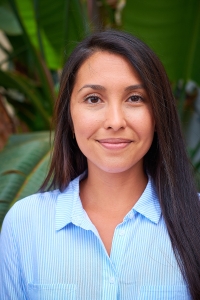 Kristella Montiegel (BA Department of Communication, Media and Culture at Coastal Carolina University; MS, Department of Communication at Portland State University) is a PhD student in UCLA’s Department of Sociology, and the Coordinator for the UCLA Center for Language, Interaction, and Culture (CLIC).
Kristella Montiegel (BA Department of Communication, Media and Culture at Coastal Carolina University; MS, Department of Communication at Portland State University) is a PhD student in UCLA’s Department of Sociology, and the Coordinator for the UCLA Center for Language, Interaction, and Culture (CLIC).

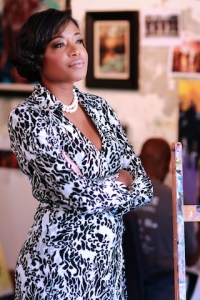 These words come from our very own Dr. Karida Brown, Assistant professor in the Sociology and African American Studies departments here at UCLA. Dr. Brown earned her doctorate degree in Sociology from Brown University. Her research and teaching interests focus around historical sociology, oral history, race and ethnicity, social theory, migration, education, W.E.B. Du Bois, community archives and public arts. Because of Dr. Brown’s extensive background and expertise, we are honored to share that she has been appointed by the Obama Foundation and Columbia University to be on the Advisory Board to the official Obama Presidency Oral History Project.
These words come from our very own Dr. Karida Brown, Assistant professor in the Sociology and African American Studies departments here at UCLA. Dr. Brown earned her doctorate degree in Sociology from Brown University. Her research and teaching interests focus around historical sociology, oral history, race and ethnicity, social theory, migration, education, W.E.B. Du Bois, community archives and public arts. Because of Dr. Brown’s extensive background and expertise, we are honored to share that she has been appointed by the Obama Foundation and Columbia University to be on the Advisory Board to the official Obama Presidency Oral History Project.